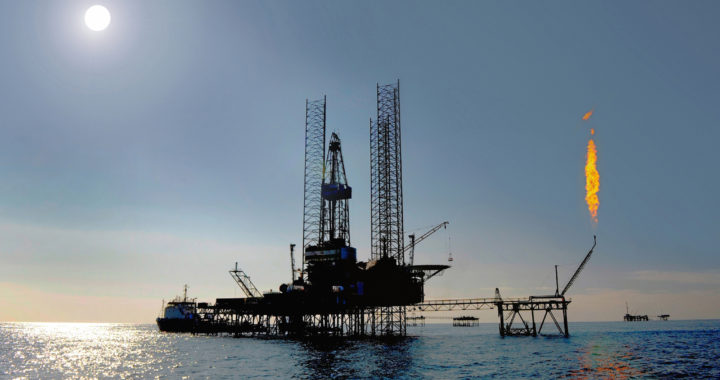During the reign of the Soviet Union, the Caspian Sea was considered a natural border, evenly divided by Russia and Iran. In the years following the fall of the Soviet Union, however, the Caspian found itself straddled by five new countries. For decades, Russia, Iran, Kazakhstan, Azerbaijan, and Turkmenistan have vigorously disputed ownership of the land-locked sea. On Sunday, however, the nations took their first step toward a peaceful distribution of the Caspian’s vast natural resources signing the Convention on the Legal Status of the Caspian Sea.
The landmark agreement boils down to a mathematical formula that will divide the seabed of the Caspian between the five nations while retaining the surface of the sea as international water.
The Caspian’s Impact on Oil and Gas
First and foremost, the Caspian Sea deal creates a new avenue for the flow of oil and gas back and forth between Europe and Asia. Several Caspian nations have begun work on pipelines that will swiftly carry extracted oil and natural gas east and west. This development has the potential to expose a lot more customers to Russia and the Central Asian energy market.
The Caspian Sea deal is also significant because it brings with it the possibility of massive oil reserves finally seeing the light of day. Estimates put the Caspian Sea’s resources around “48 billion barrels of oil and 8.7 trillion cubic meters of gas in proven or probable reserves.”
Those vast reserves paired with the multiple pipelines under construction could turn the Caspian Sea into an oil and gas powerhouse.
It’ll Still Take Time to Get Things Fully Sorted Out
If all of that sounds like enough to make US oil and gas producers nervous, it shouldn’t (yet). Consider that the basic idea for the Caspian Sea deal took twenty years to get this far. There’s still plenty of bickering to come as all five nations work out the results of the formula. From there, it will take years to establish a working infrastructure in the region. That’s to say nothing of the expert finagling that will be required to sort out a long-term deal.
In five years time, the Caspian Sea may well have transformed into a noteworthy destination on the oil and gas landscape. For the moment, though, there’s still plenty of ground to cover.

